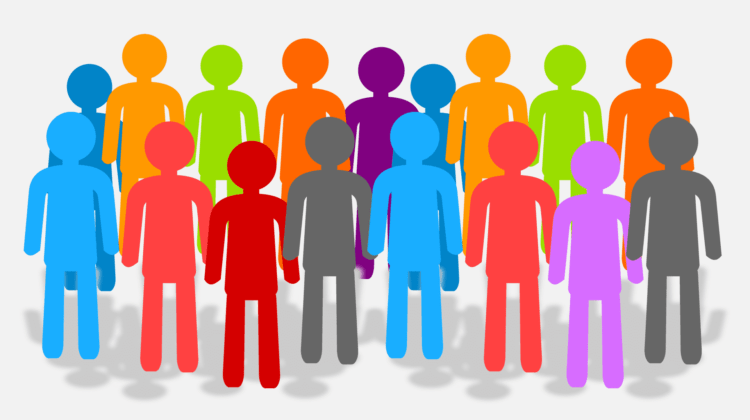This topic explores the positive and negative effects of technology on various aspects of culture, such as social relationships, the economy, education, and health.
Technology has had a significant impact on society over the past few decades. It has transformed the way we live, work, and interact with one another.

While there are certainly many positive aspects to these changes, there are also several negative consequences that we must be aware of.
One of the most significant positive impacts of technology on society is its ability to connect people. The internet, social media, and other forms of digital communication have made it possible for individuals to connect from anywhere in the world.
This has led to increased collaboration, networking, and access to information. It has also made it possible for individuals to maintain relationships with friends and family members who are far away.
Technology has also had a significant impact on the economy. It has created new industries and jobs, such as software development, e-commerce, and digital marketing. It has also made it possible for businesses to operate more efficiently and reach a wider audience.
For example, e-commerce has made it possible for businesses to sell products and services to customers all over the world, while digital marketing has made it easier for businesses to target their ideal customers.
In the field of education, technology has revolutionized the way we teach and learn. Online learning platforms, educational software, and virtual reality are just a few examples of how technology is being used to enhance the learning experience.
These tools enable students to access global educational resources and teachers to offer personalized instruction tailored to individual needs.
However, there are also negative consequences to the widespread use of technology in society. One of the most significant negative impacts is its effect on social relationships.
While technology has made it easier for individuals to connect, it has also led to a decrease in face-to-face interaction. This can lead to feelings of isolation, loneliness, and depression.
Another negative impact of technology on society is its effect on physical health. The prevalence of computers, smartphones, and digital devices has spurred sedentary behavior, contributing to obesity and other health issues.
It has also been linked to sleep disturbances, eye strain, and other physical issues.
In addition, the widespread use of technology has led to concerns about privacy and security. The collection of personal data by tech companies and governments raises concerns about its usage and accessibility.
This sparked debates over the necessity for stricter industry regulation and more transparency regarding data collection and usage.
Finally, technology has also had a significant impact on the economy, particularly in terms of job loss. Automation and artificial intelligence have enhanced business efficiency but also resulted in job losses.
This raises employment concerns and underscores the need for individuals to acquire new skills to stay competitive.
Conclusion
The impact of technology on society has been both positive and negative. While it has brought significant improvements in communication, education, and the economy. It has also negatively impacted social relationships, physical health, privacy, security, and employment.
As we embrace new technologies. We must be mindful of their potential drawbacks and strive to minimize them while maximizing their benefits. 온라인카지노사이트








